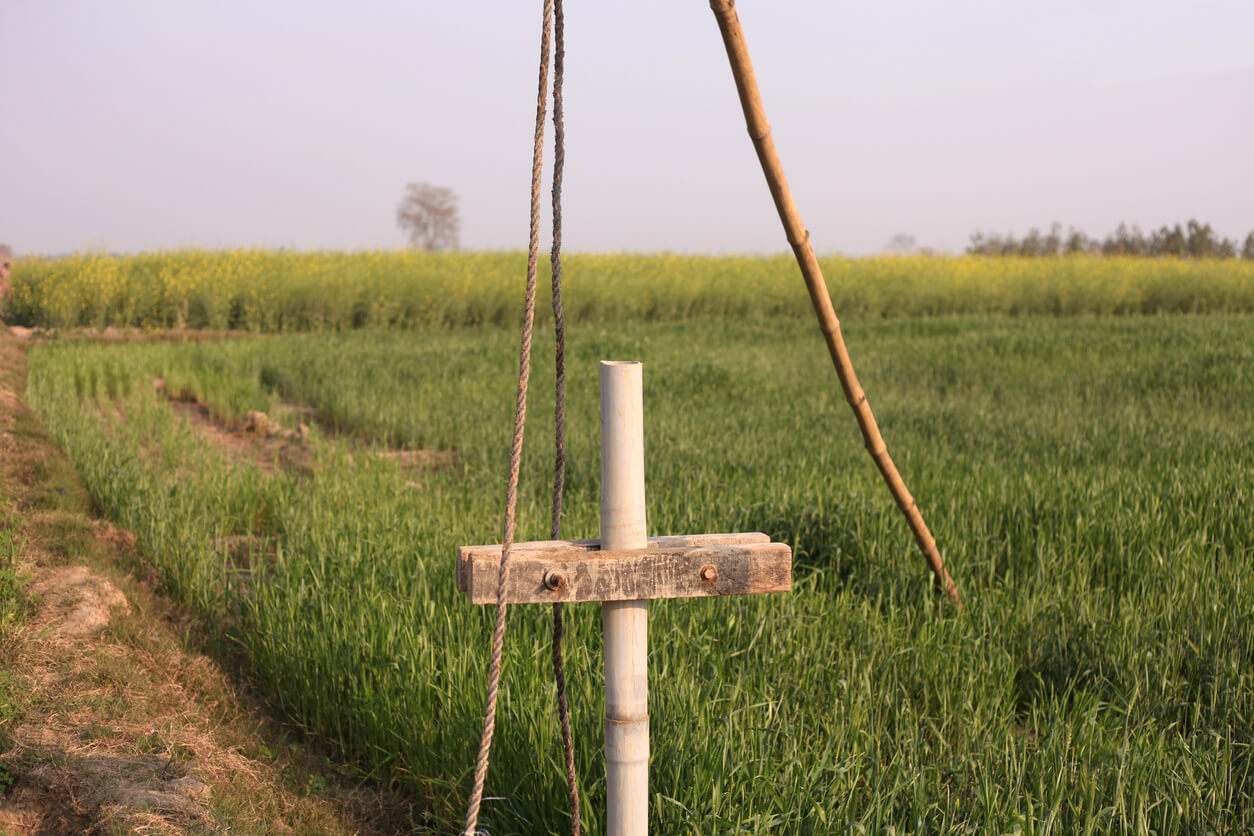Oldest human genome from 23,000-year-old individual recovered in Spain
Sat 04 Mar 2023, 11:48:52

Berlin: Scientists have reported on the oldest human genome from a 23,000-year-old individual who lived in what was probably the warmest place of Europe at the peak of the last Ice Age.
The study reported on the oldest genome to date from Cueva del Malalmuerzo in southern Spain, as well as the 7,000 to 5,000-year-old genomes of early farmers from other well-known sites, such as Cueva de Ardales, Spain.
The international team of researchers has analysed ancient human DNA from several archaeological sites in Andalucia in southern Spain. The oldest human genome recovered from the southern tip of Spain adds an important piece of the puzzle to the genetic history of Europe, the researchers said.
After an organism’s death, its DNA is only preserved for a certain period of time and under favourable climatic conditions. Extracting DNA from ancient remains from hot and dry climates is a huge challenge for researchers.
In Andalucia, in the south of present-day Spain, climatic conditions are similar to those in North Africa – however, DNA has successfully been recovered of 14,000-year-old human individuals from a cave site in Morocco. The current study fills crucial temporal and spatial gaps.
The researchers can now directly investigate the role of the southern Iberian Peninsula as a refuge for Ice Age populations and potential population contacts across the Strait of
Gibraltar during the last Ice Age, when sea-levels were much lower than today, they said.
Gibraltar during the last Ice Age, when sea-levels were much lower than today, they said.
The genetic ancestry of individuals from central and southern Europe who lived before the Last Glacial Maximum, which is 24,000 to 18,000 years before today, differs from the ones who recolonised Europe afterwards. However, the situation in western Europe has not been clear until now due to a lack of genomic data from critical time periods.
The 23,000-year-old individual from Cueva del Malalmuerzo near Granada finally adds data from the time when large parts of Europe were covered by massive ice sheets, the study said. The study describes a direct genetic link between a 35,000-year-old individual from Belgium and the new genome from Malalmuerzo.
“Thanks to the high quality of our data we were able to detect traces of one of the first genetic lineages that settled Eurasia 45,000 years ago. Importantly, we found similarities with a 35,000-year-old individual from Belgium whose ancestry we can now trace further to the 23,000-year-old individual from southern Iberia,” explained first author Vanessa Villalba-Mouco of the Max Planck Institute for Evolutionary Anthropology, Germany.
The individual from Cueva del Malalmuerzo not only links to earlier periods of settlement but also to the hunter-gatherers of southern and western Europe who lived long after the last Ice Age.
No Comments For This Post, Be first to write a Comment.
Most viewed from International
Most viewed from World
AIMIM News
Delhi Assembly polls: Owaisi leads Padyatra in Okhla
Feb 01, 2025
We reject this Waqf Amendment Bill: Asaduddin Owaisi
Jan 30, 2025
Latest Urdu News
Most Viewed
May 26, 2020
Which team will win the ICC Men's Champions Trophy 2025 held in Pakistan/Dubai?
Latest Videos View All
Like Us
Home
About Us
Advertise With Us
All Polls
Epaper Archives
Privacy Policy
Contact Us
Download Etemaad App
© 2025 Etemaad Daily News, All Rights Reserved.


.jpg)
.jpg)
.jpg)





.jpg)













.jpg)

















